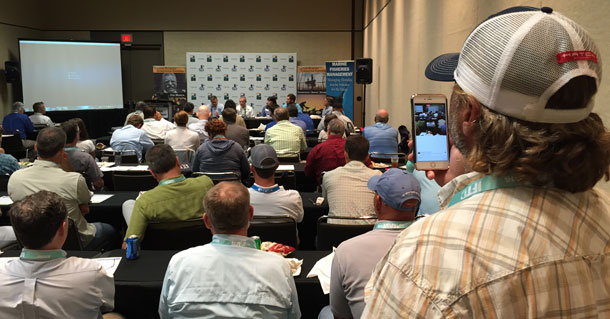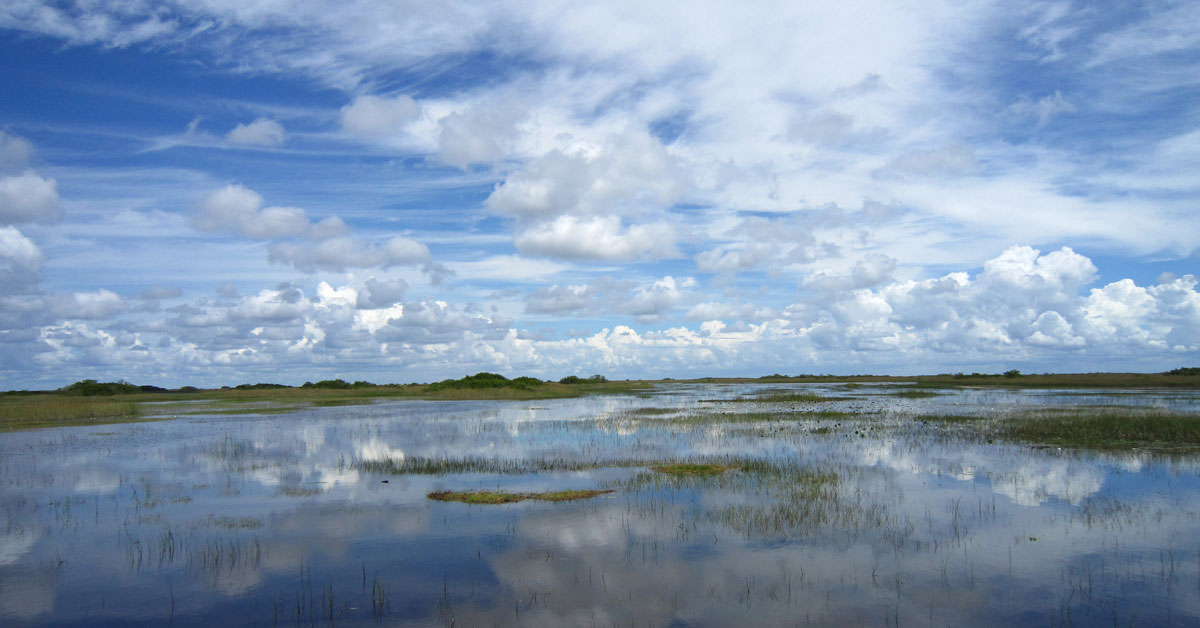Turns out that botched implementation of the USDA’s conservation compliance program goes deeper than we thought, says internal watchdog report
Earlier this spring, the USDA’s Office of the Inspector General—an internal watchdog for the agency that oversees the conservation programs funded through the Farm Bill—quietly issued an interim report that indicated USDA isn’t doing enough to guarantee that, in exchange for federal support payments, farmers are meeting a minimal threshold for avoiding environmental harm. The report isn’t exactly a page-turner (we broke it down for you here in May), but there could be serious consequences for wildlife habitat and water quality as a result of the USDA dropping the ball.
Now, the OIG has come out with a sequel to their initial report and, like so many summer blockbusters, it’s even worse than the original.
On a very basic level, here’s what you need to know: Compliance creates a conservation compact between taxpayers and agricultural producers. Farmers who use government programs to help manage risk and grow their operations must also affirm that they have not planted crops in wetlands or on highly erodible land.
The OIG’s interim report in March outlined a serious problem with compliance enforcement between 2012 and 2015. The data the agency was supposed to be using to conduct random compliance checks on farmers was incomplete, and many thousands of farmers who had received payments weren’t considered for review during those four years. In fact, in 2015, not a single farmer from ten major agricultural states was on the list to be checked for compliance. So, the areas in greatest need of monitoring for wetland drainage and soil erosion managed to receive the least attention.
This is an inexcusable lapse in enforcement by a federal agency, and thankfully the USDA has begun to take steps to correct the problem. Sources there have told us that they have followed the recommendations of the OIG, and revised procedures are now in place which guarantee that more than two million records, across all states, will be subject to on-site agency reviews. This is great news, but the story doesn’t end here.
Part two of the OIG’s report now reveals that the USDA’s mismanagement of compliance goes beyond a botched data pull. Here’s what else has been going wrong:
The USDA does not have consistent national standards for compliance checks. Farmers in different states—sometimes in different counties in the same state—have been subject to varying levels of scrutiny, and it’s not even clear which field conditions are considered compliance issues. Further, the national quality control processes set up to check the accuracy of the compliance reviews are also applied with varying degrees of consistency across states.
The compliance checks that did get done were incomplete or improper. OIG found that agency staff sometimes stopped their field reviews after identifying a single violation, potentially missing other violations elsewhere on the property. The agency even failed to properly conduct site visits for its own employees who receive farm payments. The watchdog report notes that the agency needs to clarify the rules specific to USDA employees to ensure fair and consistent treatment of all producers.
Field staff don’t know how to proceed when maps and field conditions are inconsistent. Staff who conduct compliance checks rely heavily on wetland inventory maps, which are over 25 years old, despite knowing that these maps often don’t reflect the current size or location of wetlands. You know, as of 2016. As a result, staff frequently check only the previously-identified wetlands for compliance, ignoring national guidance to survey entire tracts for violations. Moreover, national and state officials have incompatible ideas about whether and when staff should offer updates to the maps to reflect actual conditions in the field.
Oh, and more data is missing than they thought. In addition to the data issues noted in the interim report, OIG found that the agency missed 325,000 additional records when it compiled its data for 2015 compliance reviews, because of an error tracking county codes. The agency also incorrectly exempted tens of thousands of acres from review, in cases where individual producers farm in multiple areas.
The agency has agreed with OIG’s recommendations, and has committed to corrective action by the end of 2016. But the fact remains that conservation compliance, as currently executed, may not be able to guarantee equal treatment of the farmers who are required to follow the wetland and highly erodible land provisions. It doesn’t seem to guarantee a successful compliance program to the American taxpayer, either.
USDA pays producers about $14 billion per year through farm programs that are subject to compliance, but those payments may go to agricultural producers who have—knowingly or not—violated their end of the bargain. This is a bad deal for farmers, taxpayers, and sportsmen-conservationists who have invested in working lands conservation and deserve plentiful habitat and clean water in return.









USDA programs are intended as conduits for money to farmers there is very little oversight and staff reporting of violations is discouraged. USDA considers itself primarily as an not a regulator and gives only as much attention to conservation programs as they are forced to, which is usually damn little.
Square peg, round hole. We ask USDA employees to do a lot, without a lot of resources. Mapping wetlands in areas currently or previously disturbed by ditching, filling, pipe repair, livestock soil compaction, etc. are among the most difficult wetland mapping tasks there are. They are referred to as “problem areas.” In the private sector, the best soil scientists and wetland delineators in a given region are usually dispatched for such a task, and command high billing. I have a feeling that the USDA inspectors responsible for wetland compliance checks are also responsible for inspecting 10,000 other things while they are onsite, from noxious weeds to feed storage standards. USDA will need to either commit to training them up, or giving them rapid access to remote expert wetland staff (who I imagine the USDA *does* employ, but they can’t be everywhere at one time). There have got to be some decent answers to this conundrum. Thanks for publicizing it, TRCP!